LED wall displays are an invaluable tool for anyone looking to enhance the look of their office, home, or business. Whether you’re a corporate executive or an entrepreneur, we have created a range of modern and sophisticated solutions to help you get the most out of your display. We at HTJ-LED also offer a wide range of other products, such as lighting, furniture, and accessories to complement your new display.
Some models come with built-in speakers, while others provide additional support for audio streaming from another source. If you’re looking for something that will add style to your house without breaking the bank and giving up any functionality, an LED media wall will meet all those requirements! They also make great additions to commercial spaces such as restaurants or bars, where they can be used as ambient lighting without drawing attention away from other elements within their environment.
- What exactly is LED wall Screen?
- How will I manage my content in the future?
- Quality assurance.
- Choose the best display size.
- Consider a resolution
- Know your indoor and outdoor applications
- Choose the proper viewing distance.
- Conclusion
What exactly is LED wall Screen?
An LED media wall is an LCD panel that uses LEDs to create an image. The images you see on it are created by the pixels in each pixel. A typical pixel has three components: red, green, and blue (RGB). When all three colors are turned off simultaneously, no light comes out; when one color is switched on while another two stay off, then only half as much light will be emitted from the screen; if all three colors are switched at once, then 100% brightness is produced.
How will I manage my content in the future?
The following step is to decide how you will manage your content. You can use content management systems like WordPress or Drupal or a content delivery platform like AWS S3 and Cloudfront to store your files. You could also use an automation tool such as Zapier to build scripts that trigger actions when certain events happen in your app so that it can update itself automatically.
Your final option is to get creative with something like Parse or Firebase that allows for real-time data updates across multiple devices simultaneously!
Quality assurance.
You should always check the quality of your LED video wall panels before you install them. The quality of the display, its stand, and its case are essential factors that determine how long it will last in its current condition.
The first thing you can do is look at the materials used in making your display. Are they manufactured using high-grade materials such as aluminum or stainless steel? Will they be able to withstand heavy use?
Next, check if there are any cracks around the edges of the frame where light can leak through easily during operation (a sign that something might be wrong).
Inspecting each piece individually will help you decide whether or not this particular model has been well-made by professionals who know what they’re doing!
Choose the best display size.
Now that you have your wall display and are ready to use it, the next step is choosing the best size for your application. Many factors go into determining this, including:
- The viewing distance from which people will be looking at the wall display
- The amount of ambient light in the area where it will be hung.
- How large is your room or area? A large room may require a larger display than a small one; this can be determined by measuring the length and width/height of each room/area up against each other and comparing them against their respective sizes. If they’re too big or too small, then there’s no point investing in such luxuries as LEDs!
- Next, we must determine how many lights are needed for each wall display. It is a good rule of thumb: 1” (25mm) of LED spacing equates to about 2 feet (600mm).
So if you want to display a sign that is 12 feet long, you will need about 24 inches of spacing between each light. It also applies to height – if your wall display is 10” high and 20” wide (250mm x 500mm), it would need about 16 inches of LED spacing between each light.
Consider a resolution
Resolution is measured in pixels. The number of pixels per inch (PPI) describes how many dots are used to make up a single image on your LED video wall panels. The higher the resolution, the more detailed and realistic the images appear on the screen.
Pixels per centimeter (PPC) refers to how many pixels there are from one side of an image to another, so if you have 1,000 PPI in one dimension and another 1,000 PPI horizontally across it, then your resolution would be 3,000 PPCs per square inch!
Know your indoor and outdoor applications
When it comes to LED wall displays, there are many things that you should know. First of all, what is the difference between indoor and outdoor applications?
Indoors is where your display will be installed in your home or office. In most cases, this will be a room that houses other electronics, such as televisions or computers. When deciding where your LED video wall panels should go inside the house (or building), think about how much light it needs and how bright it could get if left on 24/7 without ventilation holes for airflow between rooms for everything inside them does not melt down from overheating! Also, consider whether or not there’s another similar device nearby, such as a computer monitor, that would cover up any potential eye sore from looking at too long, thus blocking out more natural sunlight than necessary.
Choose the proper viewing distance.
Before you begin setting up your LED media wall, it’s essential to consider the viewing distance that will be required. It can be a guessing game; however, some guidelines can help you determine how far away people should sit from the display and what content they should look at.
If you’re planning on using your LED wall as a centerpiece in an office space or conference room, then everyone must be able to see clearly what’s being displayed without any issues or confusion. You’ll want all eyes onscreen during meetings so everyone has access to all relevant information at once, but if there are too many distractions around them, this could confuse people instead!
When considering how far apart from each other people should sit while watching their screens, think about the type of information displayed by each screen. Is there anything else going on behind closed doors? Are certain areas only accessible with permission from higher-ups within corporation operations departments?
Conclusion
LED wall displays are a great option if you’re looking for a new way to showcase your business. They make it easy to create a professional-looking space that stands out from the competition. With this guide, we hope you can learn how they work and can be used in any environment – whether in an office setting or even outdoors!
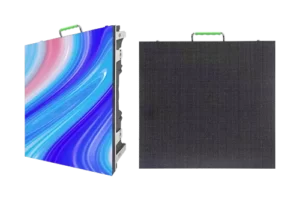


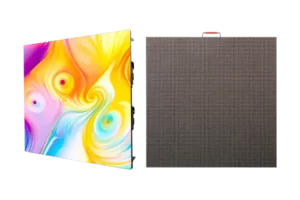
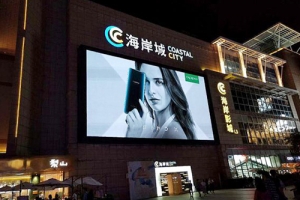


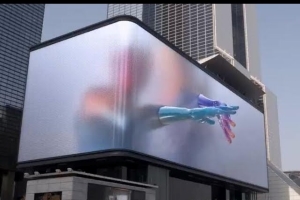
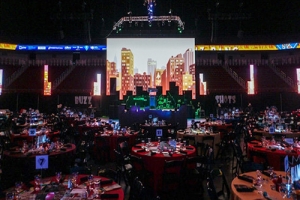

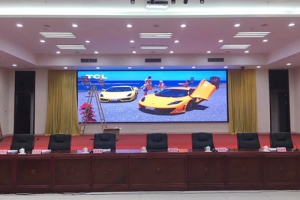
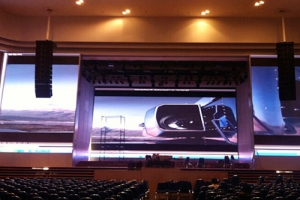
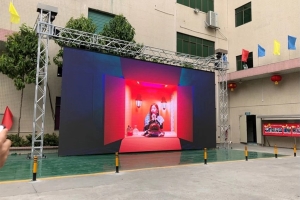
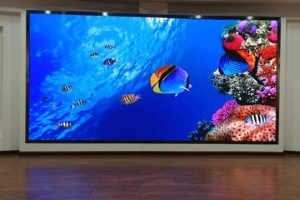
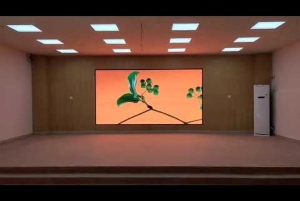
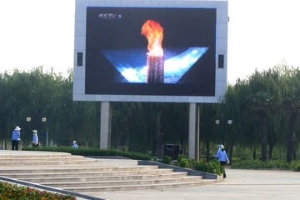


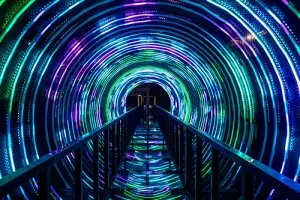


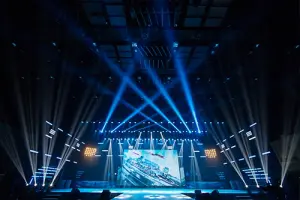
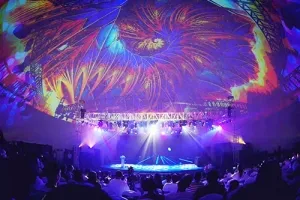
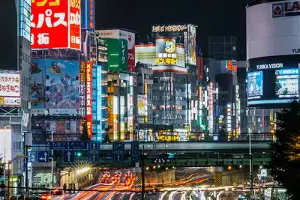
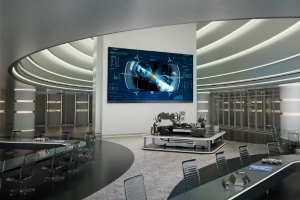



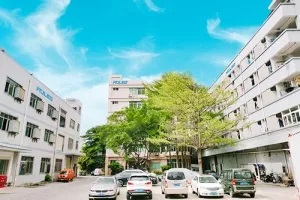


 Language
Language 




